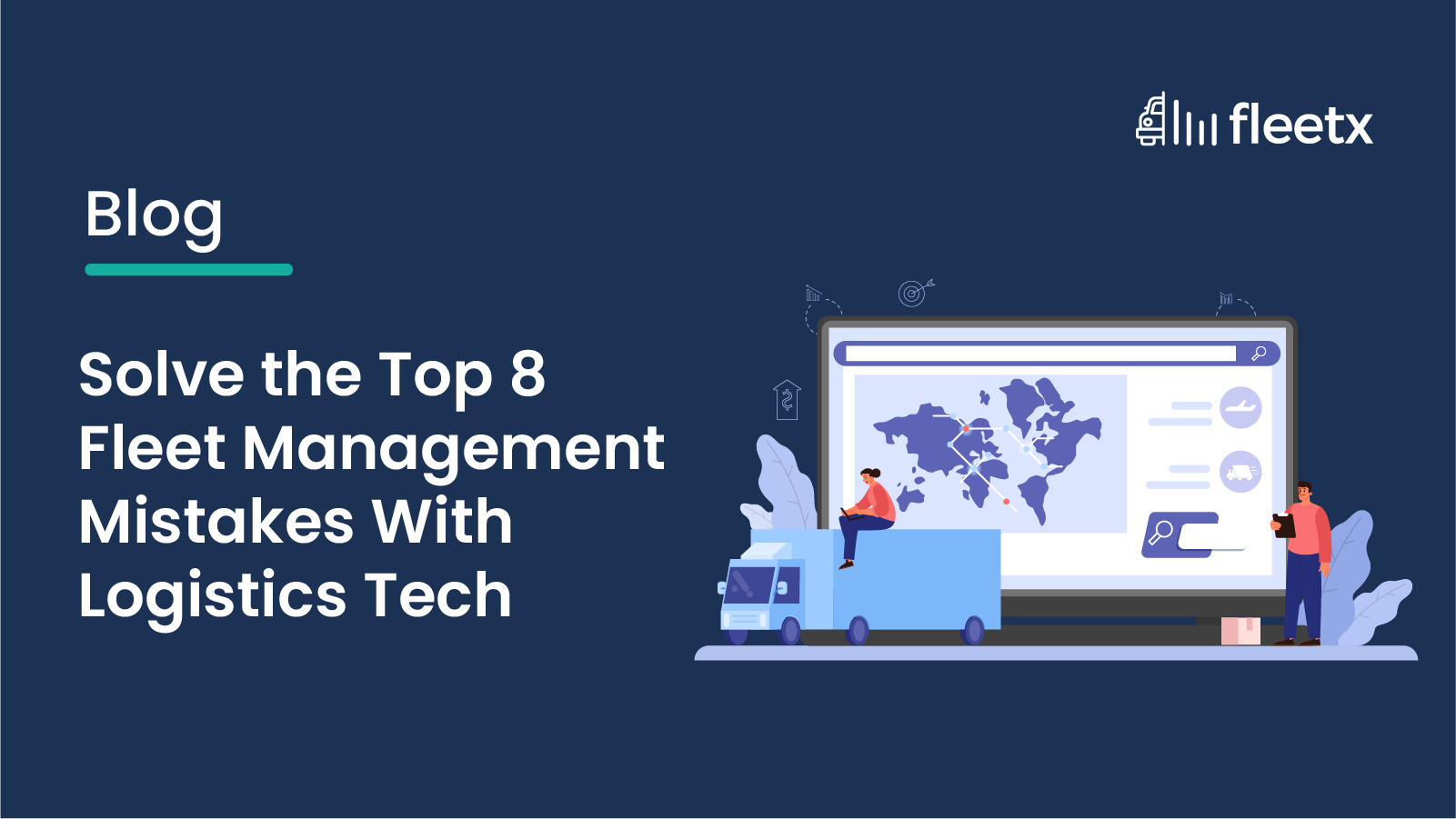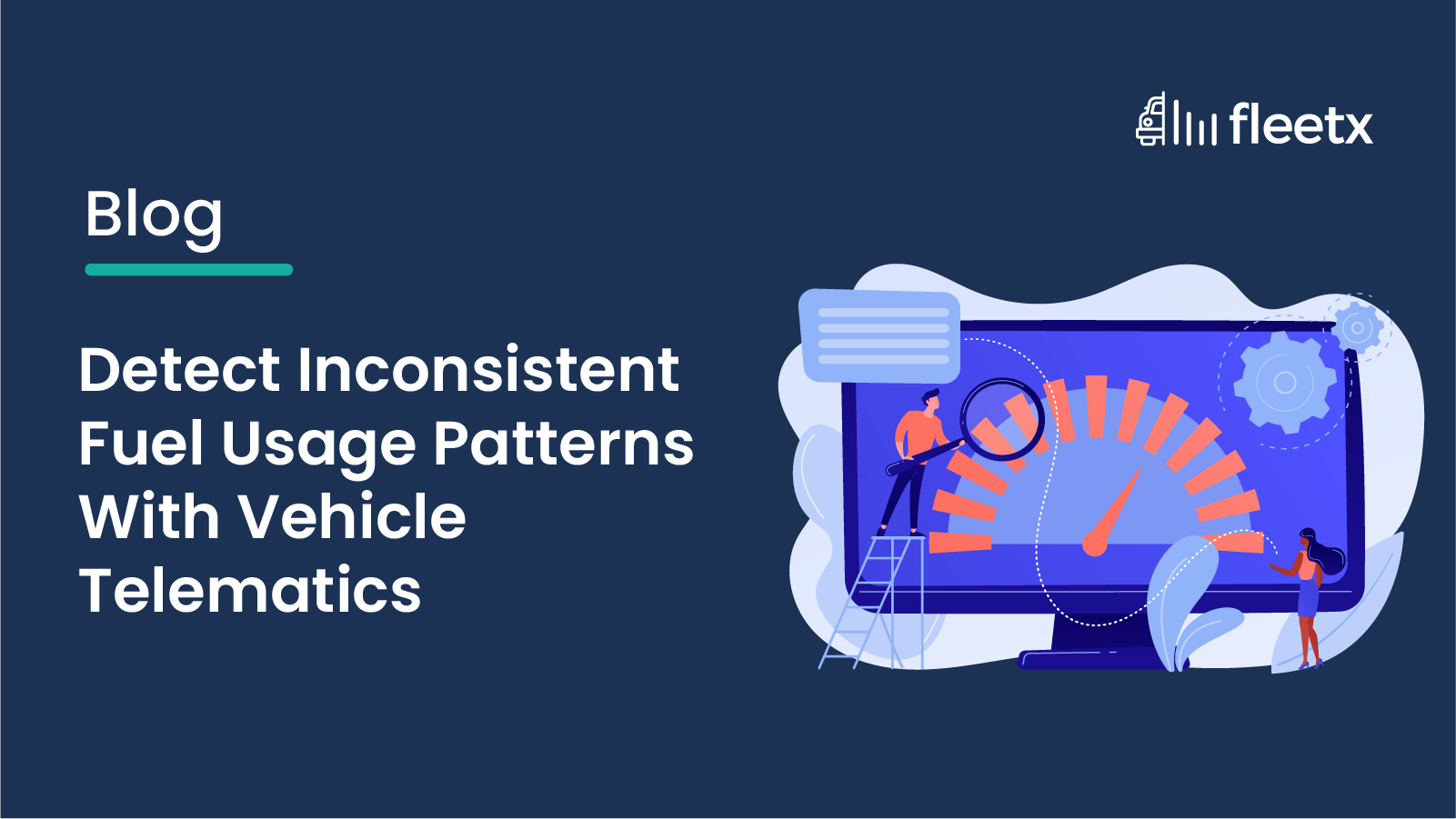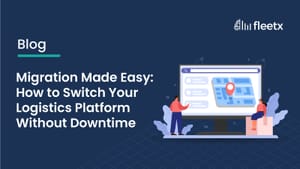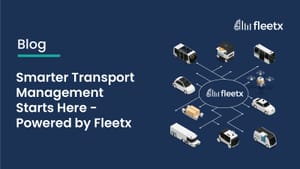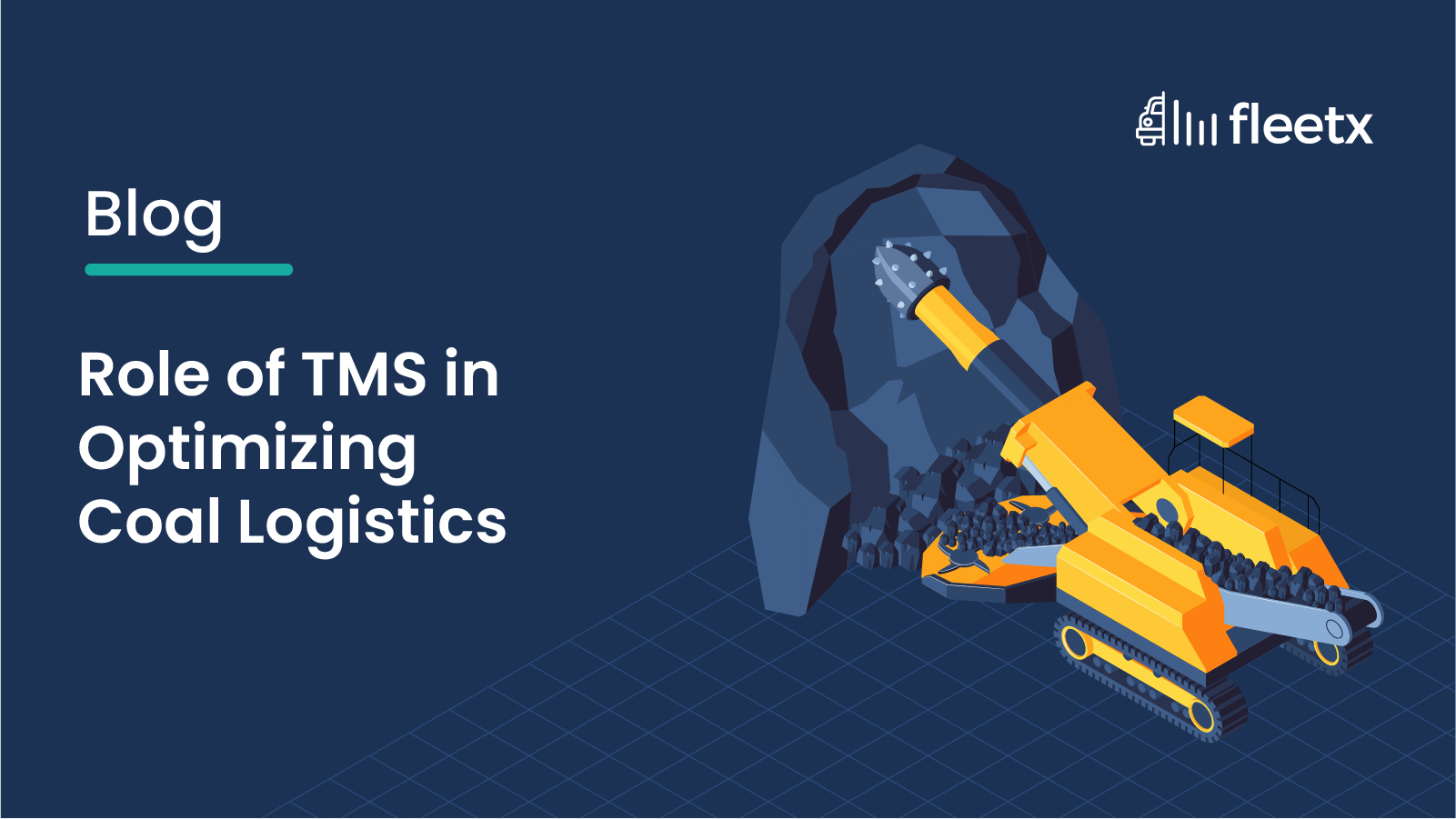
Coal extraction is a crucial element of the energy sector. Global industrialization and development are directly proportional to this sector’s output and its supply chain efficiency, with transportation integrating the production, distribution, and final consumption of this critical energy resource.
Despite the heavy push toward renewable energy usage, the coal supply chain’s efficiency remains relevant to the profitability and sustainability of businesses, such as electricity, iron, steel, and cement.
How is Technology Integration Transforming the Modern Coal Mining Landscape
The world runs on data, and it plays a crucial role in the coal industry in enhancing the levels of efficiency, safety, and compliance. Adopting advanced technologies, including AI and IoT, marks a significant shift from traditional practices to a more data-driven approach in reinventing the entire operational infrastructure.
Integrating real-time data into coal mining has accelerated the decision-making process, enabling prompt actions through constant monitoring and analysis of several performance parameters. Such proactive control measures identify and address several operational issues swiftly, reducing downtime significantly.
Now, data collection is an important stage in data analysis, and the different real-time operational parameters gathered using technology include:
Production Insights - Monitoring coal production in real time enables quick adjustments to optimize output and efficiency
Equipment Efficiency – Monitoring mining equipment’s health in real time to predict potential failures and schedule maintenance proactively
Workforce Productivity – Real-time data on resource performance to highlight the areas of better training requirements or resource allocation
Why Invest in Coal Transport Optimization?
Driven by the advancements in the internet, communication, and technology (ICT), the coal transportation service market is witnessing a major change in its operations, guided by –
Focus on Digital Infrastructure
The ICT-centric infrastructure presents a lucrative investment opportunity in advanced tracking systems and cloud-based management platforms for scalability and long-term profitability.
Emerging Regional Markets
Coal demand is still surging in different regional markets globally. Investing in transportation services in these regions yields significant returns.
Environment-Consciousness as a Boost
Compliance requirements dictate the need for sustainable coal transport options. By addressing this concern, businesses can tap into the green financing opportunities and build long-term partnerships.
Core TMS Features Facilitating Coal Transportation
TMS works as a single cohesive system to centralize coal logistics data and automate workflows. The core features include:
Cargo Planning & Optimization
TMS features advanced algorithms to facilitate –
- Route Optimization: Evaluates multiple routes to select the optimum option based on cost, distance, and delivery needs, controlling fuel usage and reducing transit times.
- Load Planning: Shipment consolidation and packing to maximize space utilization and cost efficiency.
Carrier Management
TMS reduces manual workload significantly by automating several carrier-related actions -
- Carrier Selection: The automated platform evaluates the optimum carrier for shipment transfer based on several predefined criteria, such as cost, reliability, and service standards.
- Contract Management: Carrier contracts and compliance needs are simplified on the automated platform, lowering the risks of service disruptions.
Shipping Execution
After adequate planning, the shipment execution process is also facilitated by TMS –
- Shipment Booking: Automates the process of booking carriers to ensure timely dispatch.
- Load Tendering: At this stage, TMS plays a crucial role in providing the necessary shipment details, such as e-way bills, dispatch documentation, e-PODs, vendor bills, freight settlement, and others, to the carriers.
Shipment Visibility
TMS provides real-time shipment tracking to offer visibility into the goods' movement from the origin to the destination with –
- Alerts & Notifications: System-generated alarms and notifications intimate of any shipment complications or delays, enabling businesses to take proactive measures.
- Customer Updates: Real-time shipment status updates are shared with customers to make operations transparent and improve customer satisfaction.
Analytical Reporting
Advanced AI analytics is one of the core TMS features that provides crucial business insights to make informed decisions with –
- KPIs: The TMS tracks and reports on crucial performance parameters that include vendor analytics, vehicle fill rate, emission data, freight analytics, and other customizable dashboards.
- Strategic Inputs: Insights into transport operations enable businesses to identify trends and anticipate future needs.
Controlling Coal Theft Backed By Technology Utilization
Powered by GPS and data analytics, advanced fleet tracking systems optimize route planning to monitor coal shipments in real time while reducing delays. Digitization also contributes to combating coal theft by implementing several surveillance technologies and sensor-based monitoring that can deter theft, ensuring a safe delivery.
Supply Chain Benefits Derived From Transportation Optimization
Efficient transportation is essential to reduce operational costs and delivery schedules. In the coal and mining industry, several challenges often arise in transporting shipments over long distances. Using an efficient tool such as TMS addresses these challenges, providing benefits that include –
Cost Control
Optimizing routes and loads can lead to significant cost savings, for instance, by reducing fuel consumption and automating several manual tasks. Similarly, there are several other means of saving on costs incurred.
Improved Efficiency
Automating transportation activities reduces the need for manual intervention, expediting operations and eliminating errors. For instance, an automated load planner ensures optimum space utilization, maximizing the value for money.
Better Financial Visibility
A TMS enables transport businesses to have a higher level of visibility and transparency into the transportation costs and performance. Reports and analytics allow businesses to track expenses and identify areas of cost reduction.
Higher Customer Satisfaction
Real-time visibility and better performance lead to timely deliveries and customer updates, ensuring better rates of customer satisfaction.
Emerging Trends in the Coal Transport Market
Innovative technology solutions have widened the scope of coal transport, encompassing several avenues –
Smart Port Operations
With the introduction of smart solutions in ports, coal loading and unloading processes have been streamlined significantly. Crane automation, AI-powered transport management systems, and real-time tracking have sharpened the scope of coal transportation.
Digital Twins
Virtually replicating physical assets is gaining steady popularity in coal transportation. Simulating business-critical operations identifies inefficiencies, reduces downtime, and boosts maintenance activities.
Innovative Collaborations
Successful collaborations between logistics service providers and AI service providers have popularized predictive maintenance and intelligent routing systems, creating better opportunities.
A Real-World Application of Coal Transport Optimization
A major Indian mining company reduced transportation costs by 15% and improved delivery timelines substantially by implementing a transport optimization system within its supply chain. Previously, there were delivery issues arising due to inefficient routing and delays, which were identified and addressed by following the steps mentioned below –
Step 1: Auditing Supply Chain Operations
A comprehensive audit of the supply chain, especially in transport operations, was carried out, and the results showed that several routes were not optimal and vehicle capacities were often not maximized.
Step 2: TMS Implementation
TMS installation by the solution provider meant the fleet manager/s or other stakeholders started monitoring shipments in real time, optimizing routes, and maximizing vehicle space utilization.
Step 3: Driver Training
With the data in hand, the company started driver training focused on fuel efficiency and other safe driving parameters.
Ensure Panoramic Visibility With Solutions from Fleetx
The Fleetx platform is a state-of-the-art logistics management software solution benefiting several logistics service providers. It offers a host of solutions that improve operational performance and efficiency. Several advanced features address vehicle issues before they escalate, saving time and resources.

